Summer is the time to dry some of the flowers from your garden so you can enjoy their beauty in your home this fall and winter. By following a few simple procedures, you can preserve the beauty of your outdoor flowers to use for indoor arrangements and art projects this winter.
The four basic techniques to dry flowers are air drying, sand drying, the borax and corn meal drying method, and commercial drying products.
By drying flowers, it is possible to enjoy their beauty in the home for up to a year or sometimes even longer. Marigolds, zinnias, pansies, violas and hydrangeas are just a few of the most popular flowers used for drying.
By far the best time to pick flowers is on a warm, dry day at a time when the flowers are not moist. The best flowers to choose for drying are the new ones, when they first come into bloom. When possible avoid using the ones that have been in bloom for several days, as they tend to lose some of their color during the drying process,
Examine the flowers closely before picking them as it is important that they be blemish-free. Any of the cut flowers that have discolored areas or insect bites will show this damage to a much greater extent after drying.
The key to drying flowers is to withdraw the fifty to ninety percent water from the flowers without distorting the shape or destroying the appearance of the flowers and foliage. It should be mentioned that not all flowers can be dried successfully. Also keep in mind, as the flowers are dried and they lose the water content, the flowers do become smaller in size so many more will be needed to create an arrangement than you would use with fresh materials,
You will need a sharp pair of scissors or garden shears to cut the flowers. Then, after drying, you will need thin wire and green florists tape for some of your dried flowers.
The following are a few of the easy methods to dry flowers in your home:
AIR DRYING – To use this method, simply hang bunches of flowers upside down in a cool, dry room. Among the most popular to use for this method are baby’s breath, bells of Ireland, cattails, Chinese lanterns, globe thistles, hydrangeas, strawflowers, and money plant. Herbs, like mint, thyme and sage, can also be dried in this manner. Generally it will take about two or three weeks for these flowers and herbs to dry properly.
SILICA SAND DRYING – This is one of the most overlooked methods of drying flowers. Relatively inexpensive, it is an easy method to use, Many of the more delicate flowers, like zinnias., browallia, marigolds, lobelia, and heather, plus just about any other flower, can be dried using this method. Silica sand can be purchased at most any masonry store or building material center. The flowers are simply buried in the silica sand for one to four weeks. My wife uses this method quite frequently in drying her flowers and finds they do exceptionally well with a minimum amount of attention and they last for a year or more.
BORAX AND CORNMEAL DRYING – To use this method, mix one part borax to one part of cornmeal. The flowers are buried in this mixture for about two to three weeks. Many different types of flowers can be dried using this method,
SILICA GEL DRYING – This has been one of the most popular methods for drying flowers in recent years, Generally a cookie or fruit cake tin is used to dry the flowers. Silica gel is a granular material that quickly absorbs moisture from the flower petals. The drying time varies from two to seven days, depending upon how many flowers are dried and the types being dried. Generally the stems are removed from the flowers and just the flowers are dried. After drying they are attached to thin wire covered with green florists tape.
Daisies, roses, larkspur, marigolds and zinnias are just a few of the most popular flowers dried using this method. It is especially important to follow label instructions when using this method (Silica gel) or you are apt to burn the flowers.
If you are drying flowers for the first time, you will find that the pink, lavender, yellow, orange and white flowers are the easiest to dry successfully. Some of the best to start with are marigolds, zinnias, daisies, pansies and violas.
In addition to drying flowers using these methods, you can also dry flowers in dehydrators and microwave ovens. It is important that you refer to the manuals for specific instructions for temperatures and timing. In addition, many flowers can be dried by the pressing method. Using this method the flowers are generally placed between two layers of waxed paper and pressed within the pages of a book.
Not only are these methods a wonderful low-energy craft, but you can enjoy the beauty of flowers from your own garden this fall and winter by drying them.
-
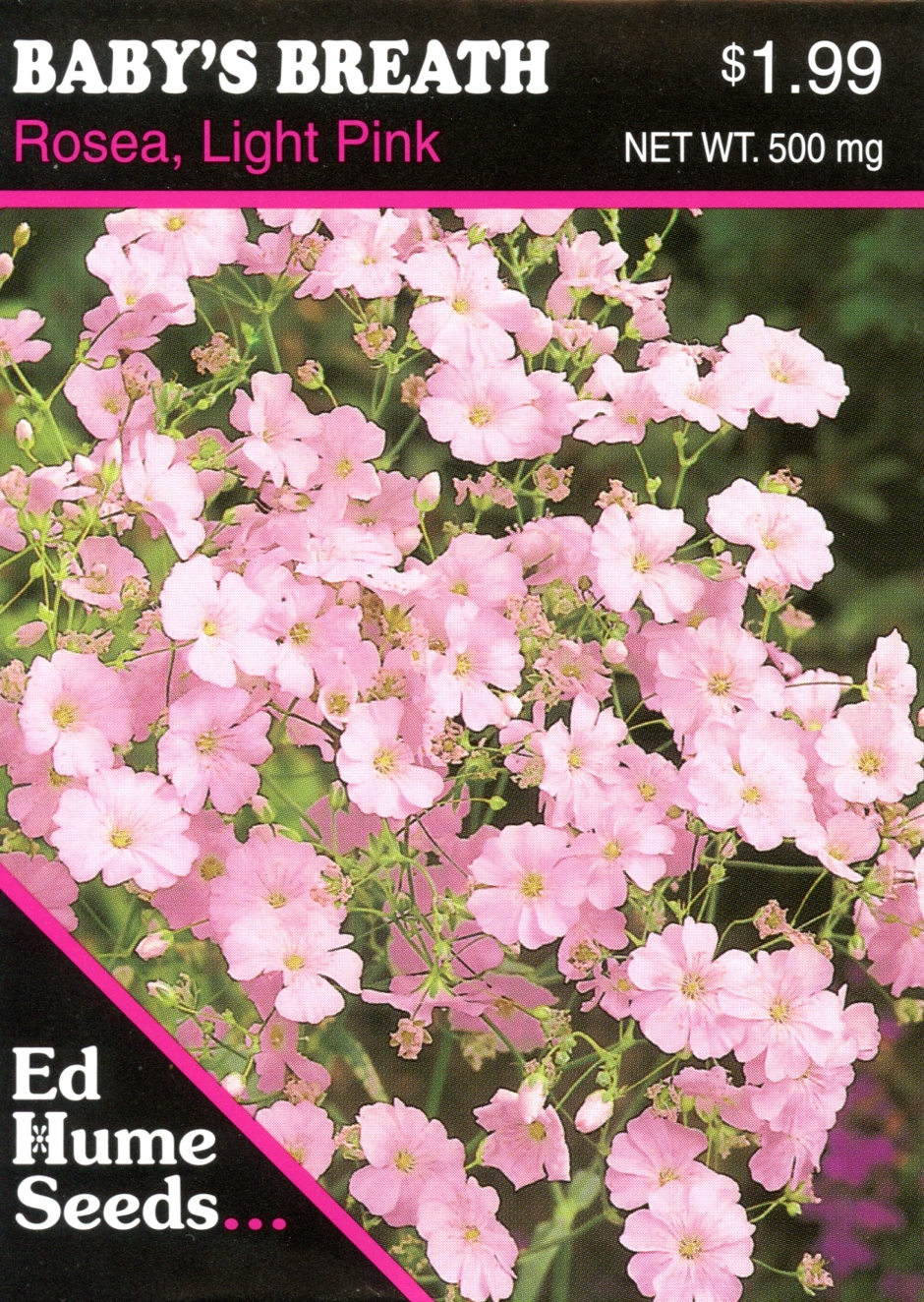 Baby’s Breath – Rosea, Light Pink$1.99
Baby’s Breath – Rosea, Light Pink$1.99 -
 Painted Daisy – Merry Mixture$1.99
Painted Daisy – Merry Mixture$1.99 -
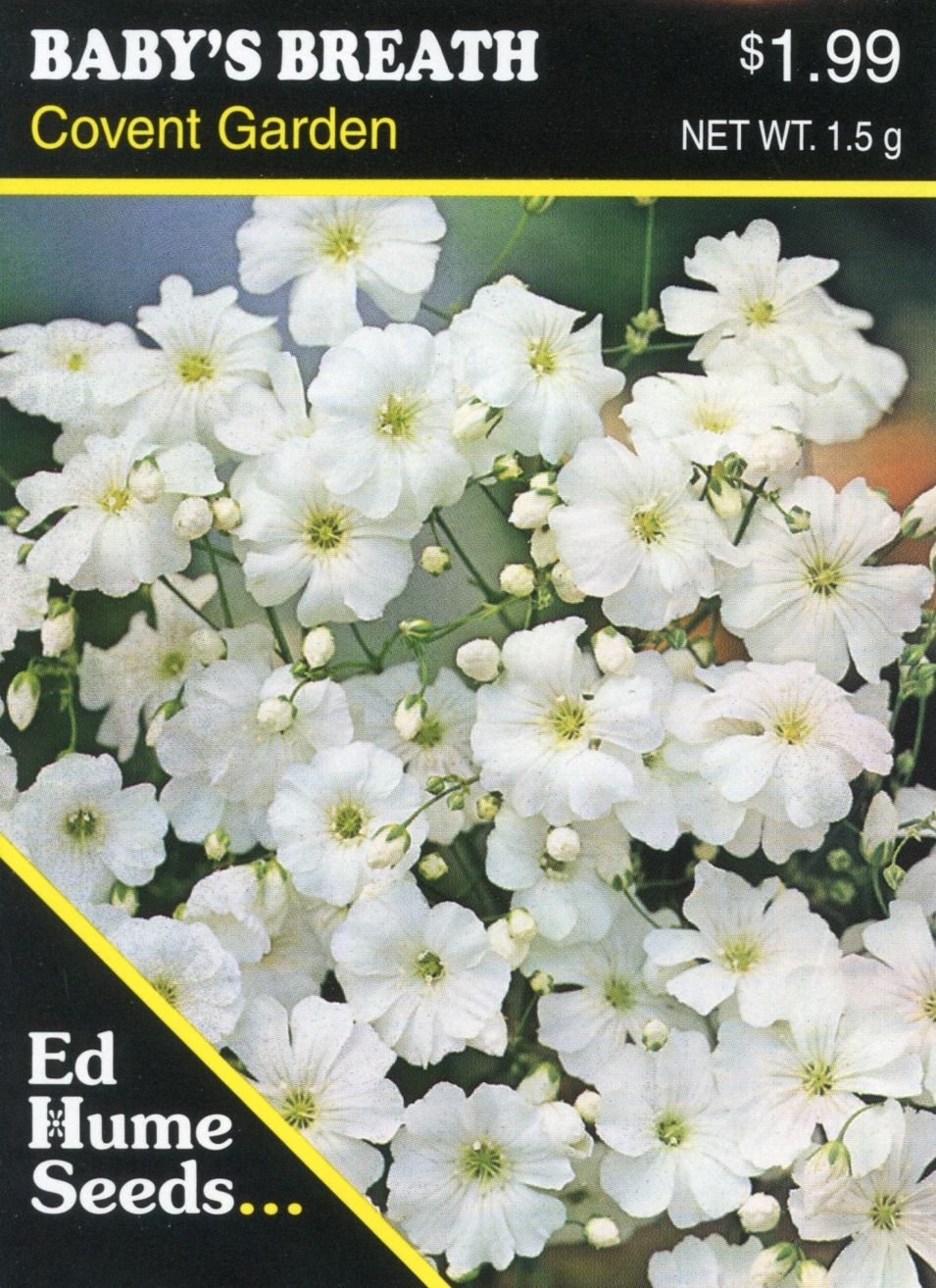 Baby’s Breath – Covent Garden$1.99
Baby’s Breath – Covent Garden$1.99 -
 Livingstone Daisy$1.99
Livingstone Daisy$1.99 -
 Pansy – Hiemalis Mixture, “Winter Pansies”$2.09
Pansy – Hiemalis Mixture, “Winter Pansies”$2.09 -
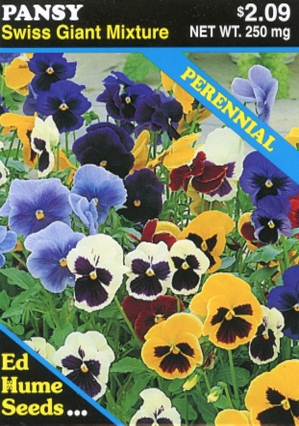 Pansy – Swiss Giant Mixture$2.09
Pansy – Swiss Giant Mixture$2.09 -
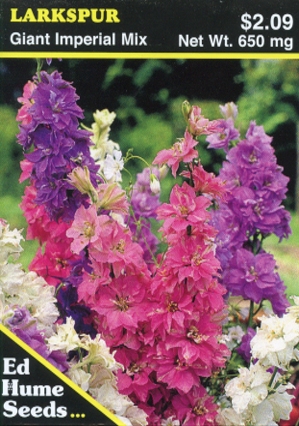 Larkspur – Giant Imperial Mix$2.09
Larkspur – Giant Imperial Mix$2.09 -
 Shasta Daisy – Alaska$1.99
Shasta Daisy – Alaska$1.99 -
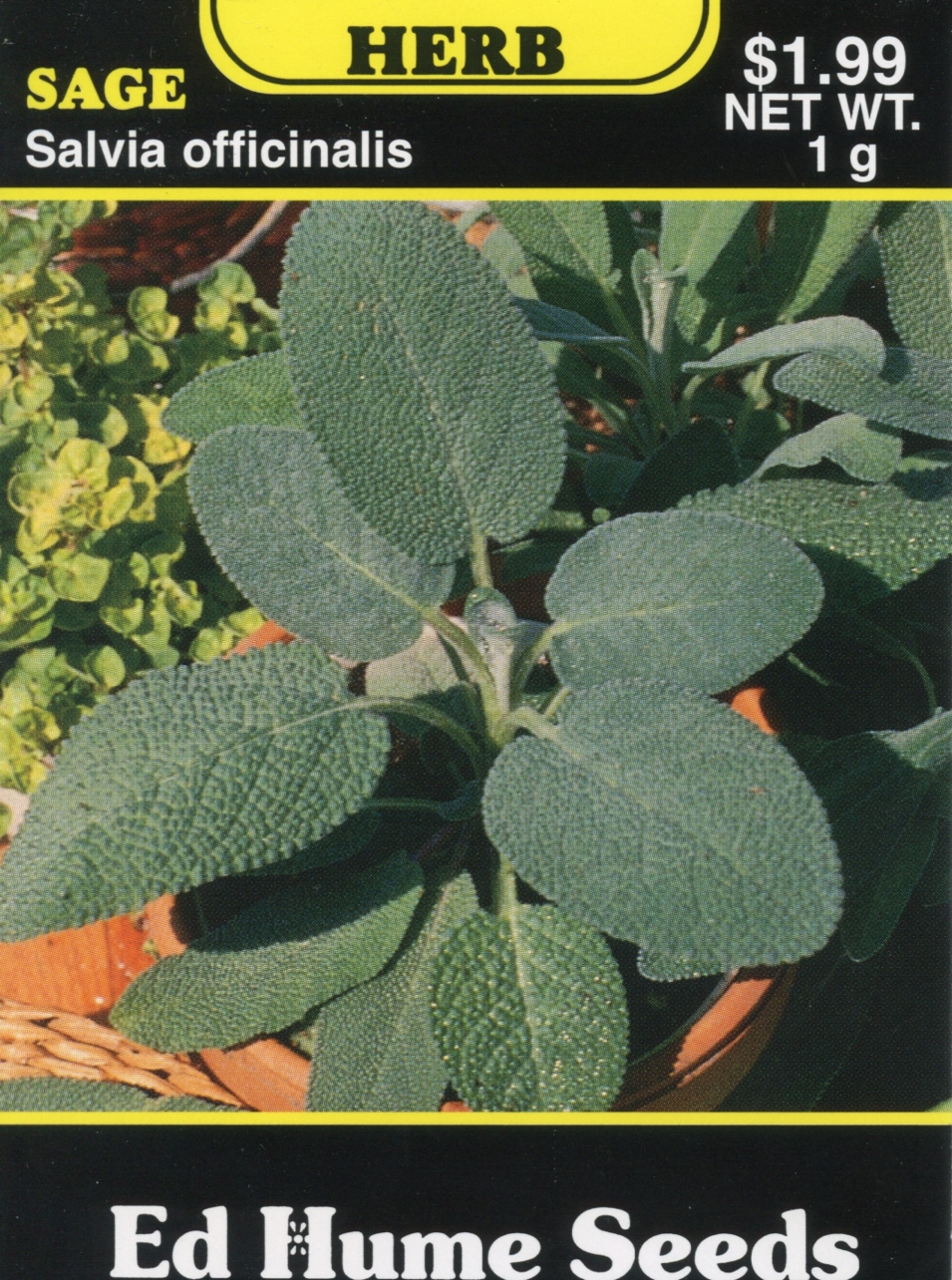 Sage – Salvia Officinalis$1.99
Sage – Salvia Officinalis$1.99 -
 Viola – Johny Jump Up$2.09
Viola – Johny Jump Up$2.09 -
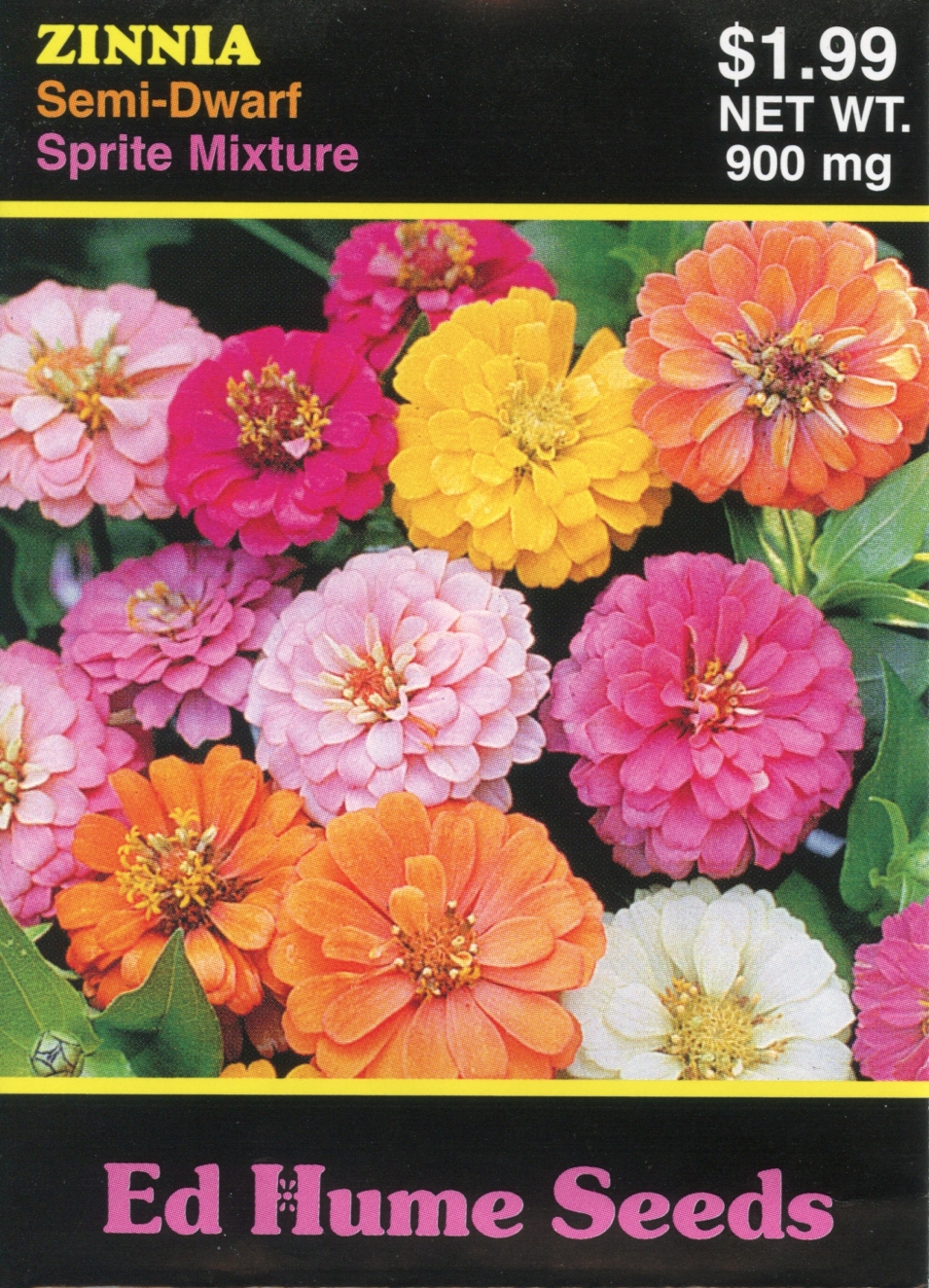 Zinnia – Semi-Dwarf Sprite Mixture$1.99
Zinnia – Semi-Dwarf Sprite Mixture$1.99 -
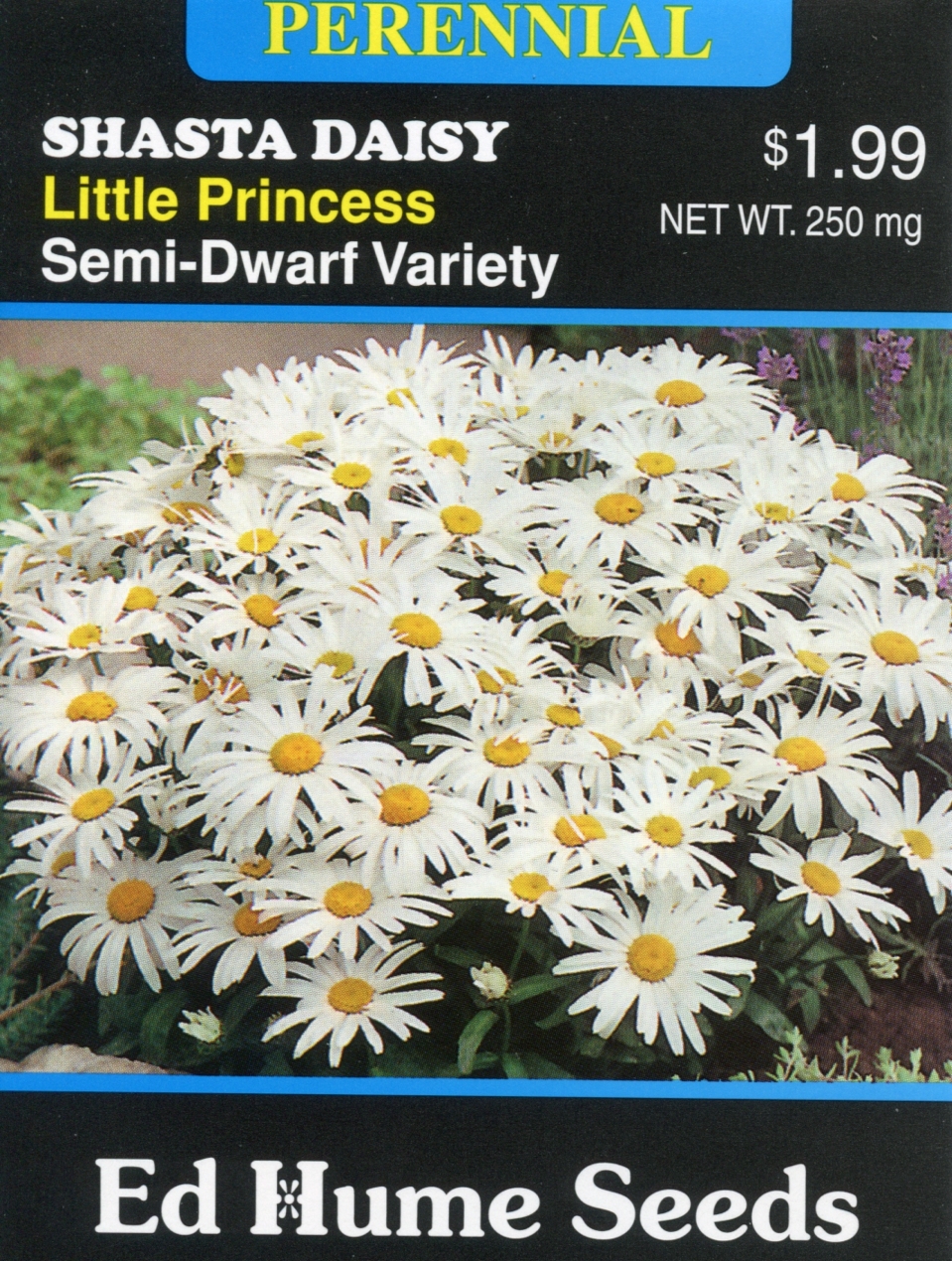 Shasta Daisy – Little Princess, Semi-Dwarf$1.99
Shasta Daisy – Little Princess, Semi-Dwarf$1.99 -
 English Daisy – Bellis perennis$2.29
English Daisy – Bellis perennis$2.29 -
 Gloriosa Daisy – Rudbeckia hirta$1.99
Gloriosa Daisy – Rudbeckia hirta$1.99 -
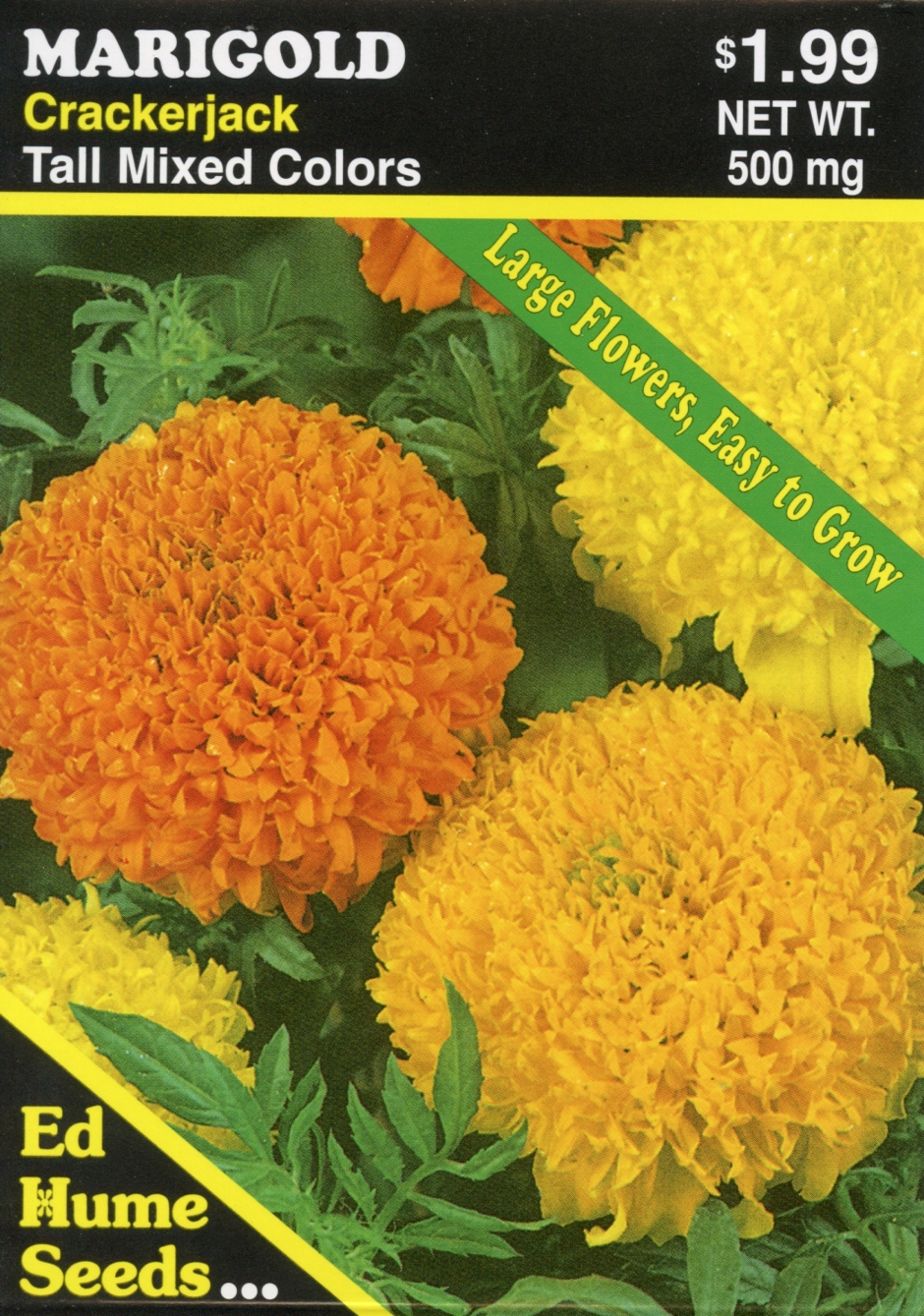 Marigold – Crackerjack Mixed Colors$1.99
Marigold – Crackerjack Mixed Colors$1.99 -
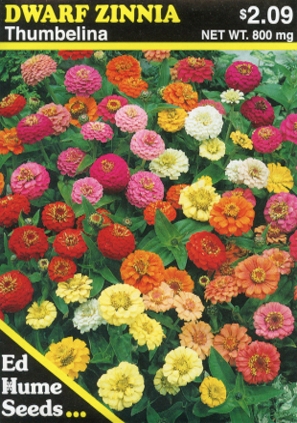 Dwarf Zinnia – Thumbelina$2.09
Dwarf Zinnia – Thumbelina$2.09 -
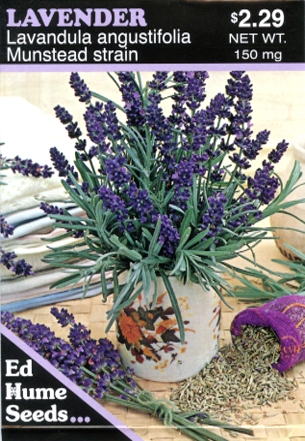 Lavender – Lavandula Angustifolia$2.29
Lavender – Lavandula Angustifolia$2.29 -
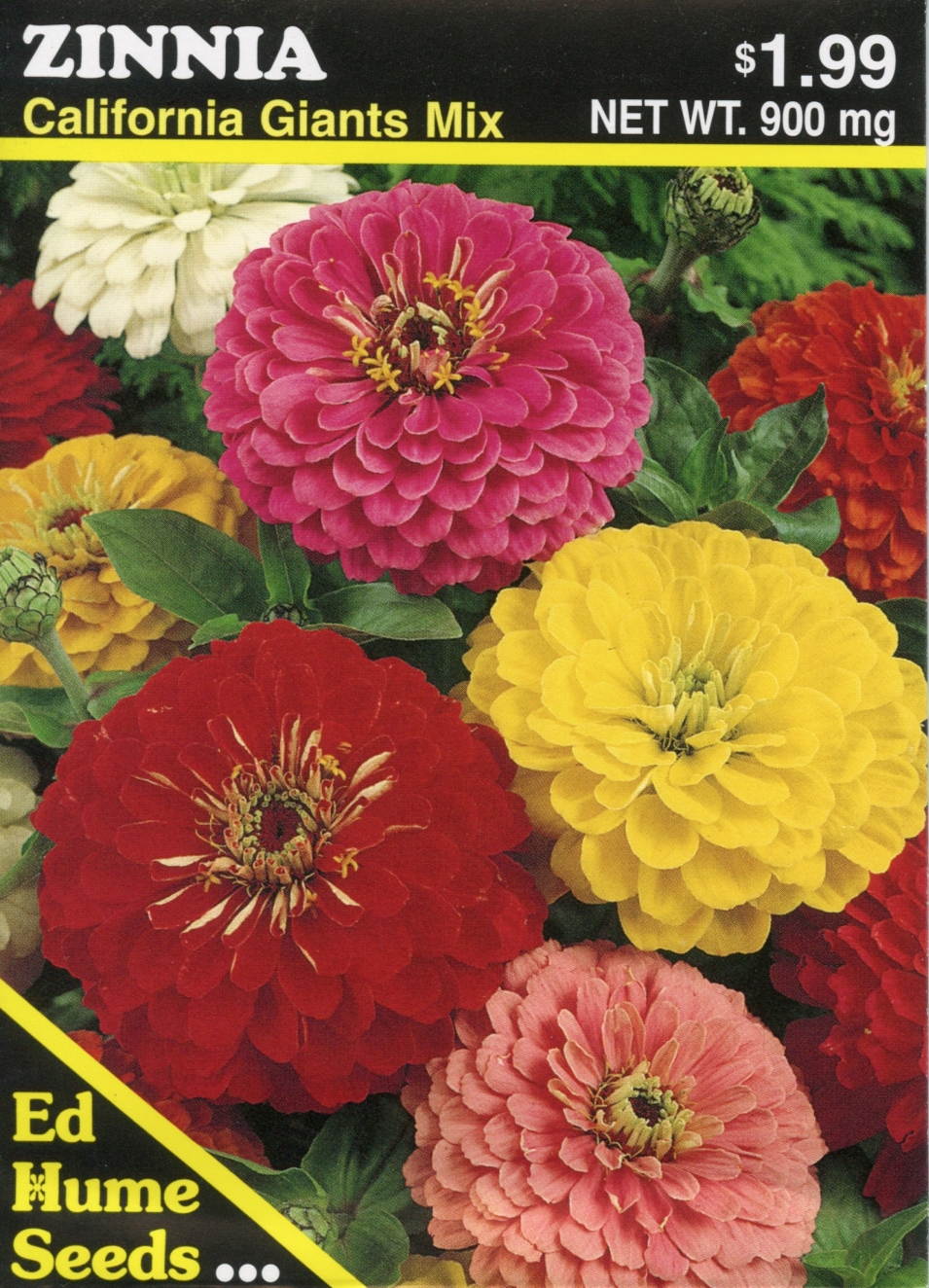 Zinnia – California Giant$1.99
Zinnia – California Giant$1.99 -
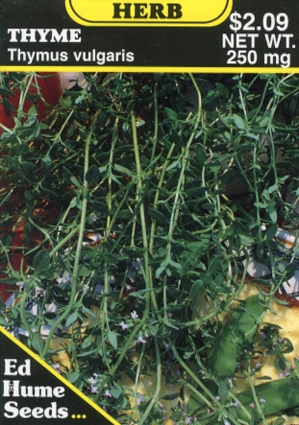 Thyme$2.09
Thyme$2.09 -
 Marigold – Starfire Signet Mix$1.99
Marigold – Starfire Signet Mix$1.99 -
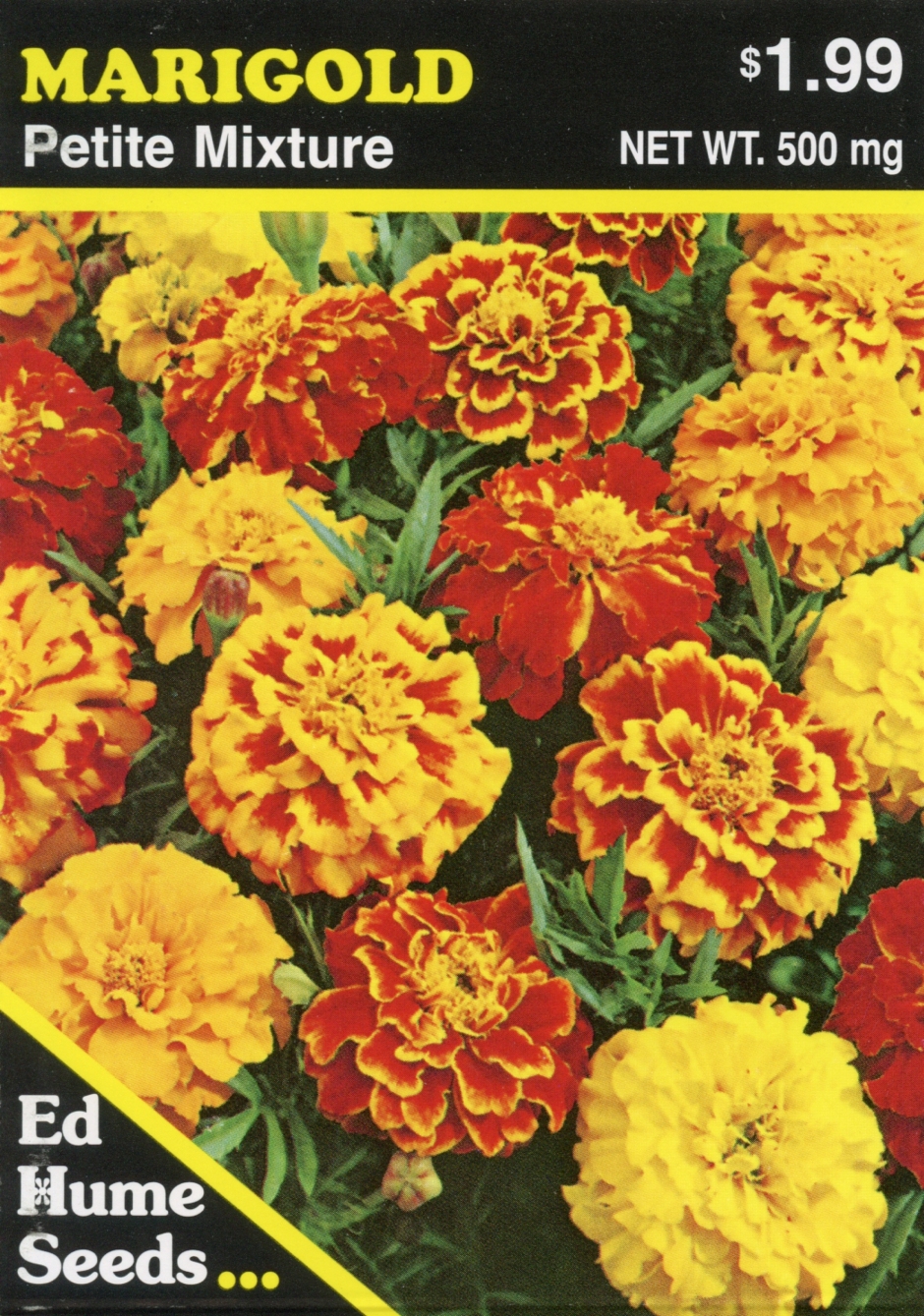 Marigold – Petite Mixture$1.99
Marigold – Petite Mixture$1.99
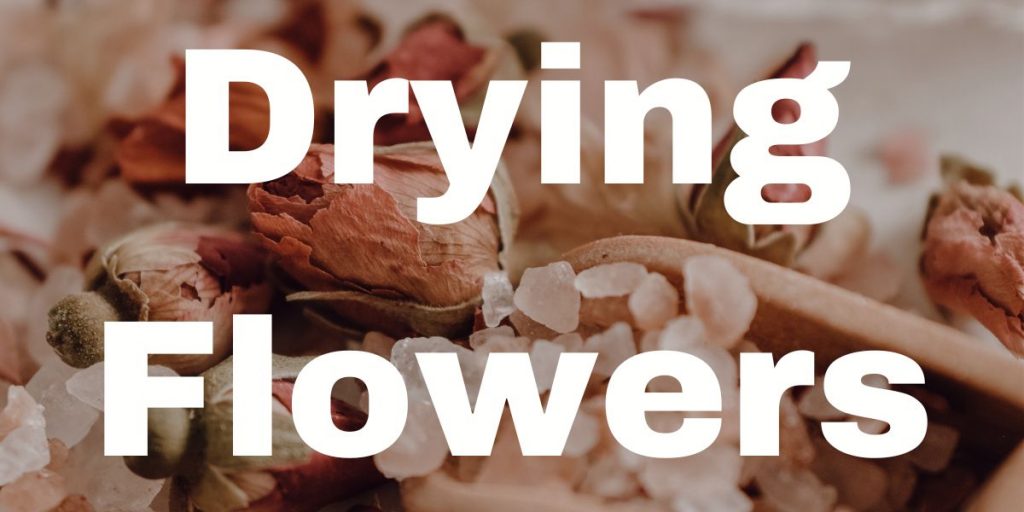
Pingback: Summer Garden Projects For Kids – Hume Seeds